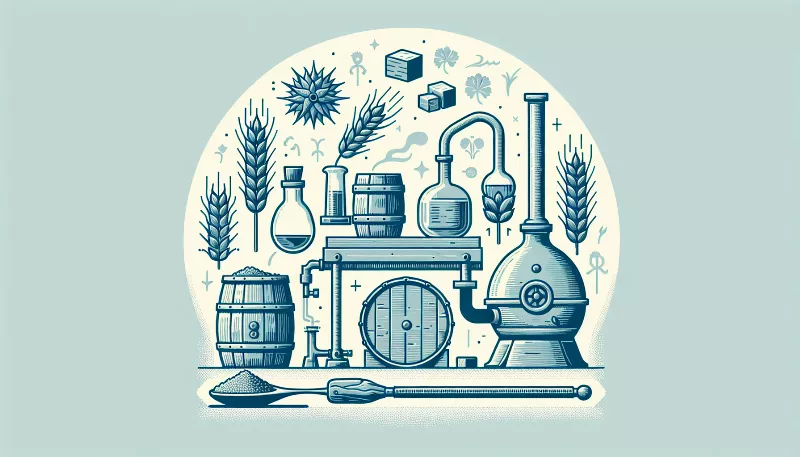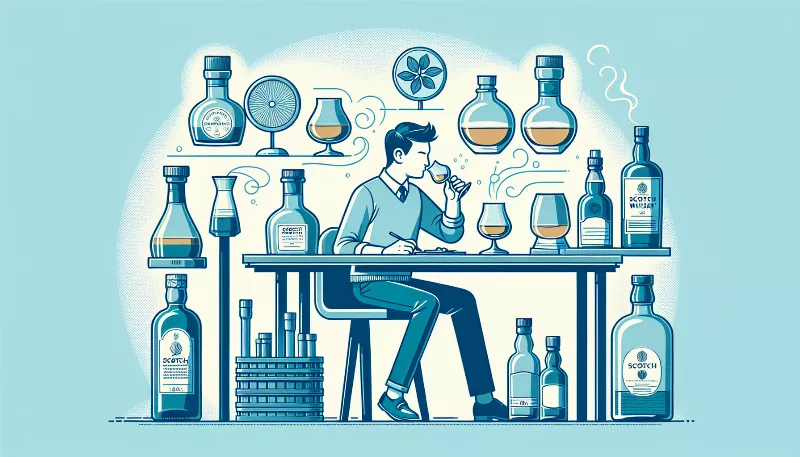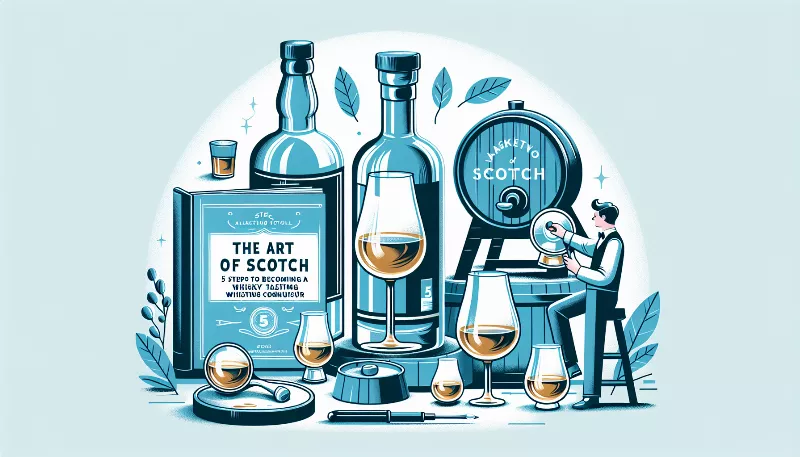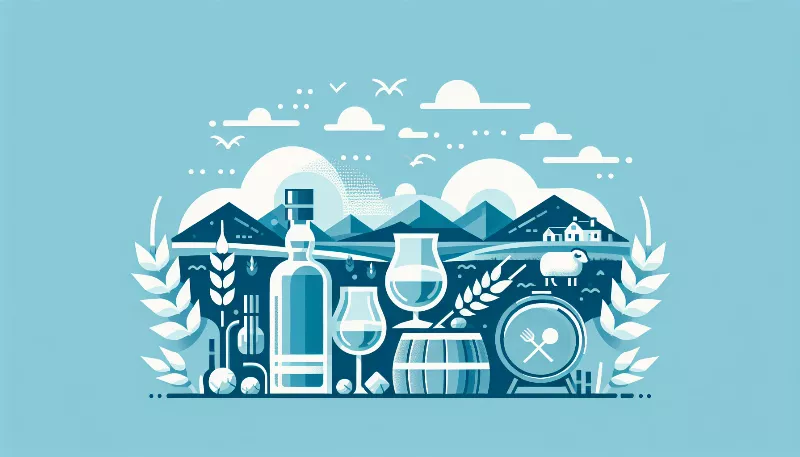Peat, Barley, and Oak: Unveiling the Scotch Whisky Making Mystique
Discover the secrets of Scotch whisky crafting with our deep dive into peat, barley, and oak. Savor the mystique of Scotland's finest!

Embarking on a Sensory Journey Through Scotch Whisky Craftsmanship
Imagine yourself amidst the rolling hills of Scotland, where the air is filled with the earthy scent of peat, the golden hue of barley fields under the sun, and the rich aroma of aged oak. This is the land where the alchemy of Scotch whisky making has been perfected over centuries, creating a beverage that is not just a drink, but a cultural icon revered around the globe. Let's embark on an enthusiastic exploration of the mystical elements that make Scotch whisky a liquid tapestry of flavor and tradition.
The Peat: A Whisper of Ancient Earth
Peat, the decayed vegetative matter harvested from the bogs of Scotland, is the soul of many Scotch whiskies. When dried and burned, peat imbues the malted barley with a distinctive smoky flavor, a process known as peat reeking. This smokiness is the signature of Islay malts and other peated whiskies, evoking images of misty moors and time-worn traditions. The degree of peatiness can vary, offering a spectrum of taste experiences from a gentle kiss of smoke to a robust peaty punch that lingers on the palate.
The Barley: The Golden Promise
Barley is the cornerstone of Scotch whisky. This hardy grain, once harvested, undergoes a magical transformation through malting, mashing, and fermentation. Malting awakens the enzymes within the barley grains, converting starches into fermentable sugars. The malted barley is then mashed with water to extract these sugars, creating a sweet liquid known as wort. Fermentation follows, as yeast feasts on the sugars, producing alcohol and a variety of flavors that will define the whisky's character. The choice of barley strain, such as the revered Golden Promise, and the care taken during these steps, are crucial in crafting the final spirit.
The Oak: The Guardian of Time
Once distilled, the clear spirit, known as new make, begins its long slumber in oak casks. The type of oak and the history of the barrel play pivotal roles in shaping the whisky's flavor profile. Whether it's American white oak previously holding bourbon, European oak that cradled sherry, or virgin oak casks, each imparts unique notes to the maturing spirit. Over years, even decades, the whisky interacts with the wood, drawing out compounds that bestow color, depth, and a symphony of flavors ranging from vanilla and caramel to dark fruits and spices. The oak cask is not just a container; it is a crucible where time and timber conspire to create liquid gold.
In Conclusion: A Tapestry Woven by Nature and Time
The creation of Scotch whisky is a dance of natural elements and human craftsmanship. From the peat-infused winds to the golden barley swaying in the fields, from the silent wisdom of oak to the patient art of distillation and aging, every step in the process contributes to the mystique of Scotch whisky. It is a drink that tells a story, a narrative steeped in history, environment, and passion. So, the next time you raise a glass of Scotch, remember the peat, barley, and oak that have come together to create the enchanting spirit before you—a true masterpiece of sensory delight.










